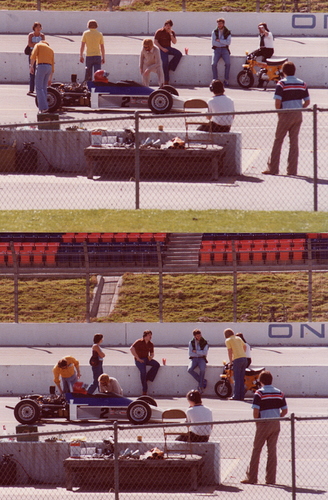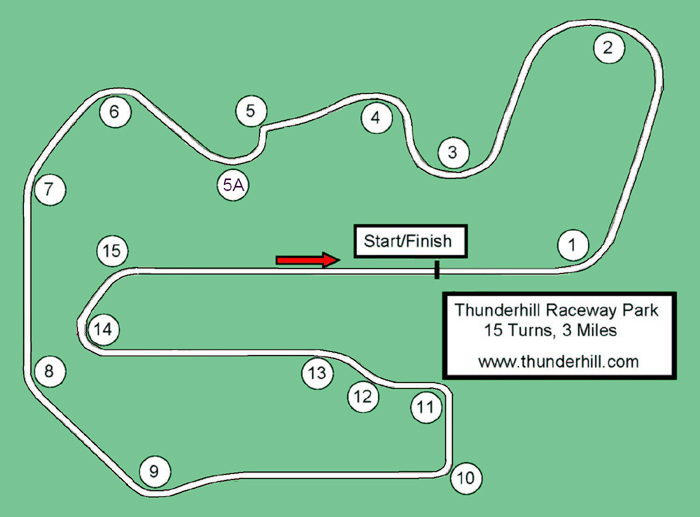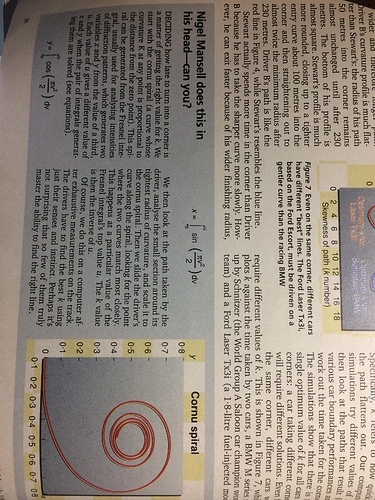I’ve been reading the experiences Warren shares at intuitivespeed.com. Check this out if you haven’t already. He writes with passion, clarity and honesty about the experiences that shaped him as a driver starting decades ago.
Which has me thinking that we should, if were inclined, all do the same.
What were the ‘ah ha!’ Moments that moved your game on as a driver?
Mine was learning about what, I guess, turned out to be slip angles.
There’s a sweeper at the end of a long downhill straight at my local track when I was a kid. No one in my class could get through it without lifting, but rumour had it that one or two of the fastest guys in the best gear had managed it by scrubbing speed. And that became my mission that day - to conquer the scary sweeper.
I reasoned that the kart (even though I had crappy gear under me) could probably do it, and the limitiaton was almost certainly me. Specifically, my reflex to lift and brake before turning in. If I could replace ‘lift and brake’ with ‘lift OR brake’ I’d be halfway there. So I spent half an hour hitting that curve with the throttle pinned and a firm press of the brake. Next lap, that firm press became a light press, light press became a tap, tap became brush, brush became breathe - until finally it was done: I was routinely doing what I’d heard no one else in the club could, which was driving the sweeper completely balls out.
As my speed increased during this exercise my line had to change with it. And this was the epiphany - in order to do this I had to stop aiming at the apex and aim instead a metre INSIDE the apex - in other words, on a collision course with the barrier had there been one there.
Im convinced that many top level drivers have never discovered this - they’ve made millions aiming AT the apex. I might be wrong of course - but I’d spent years trying to understand what seperates the good driver from the great. And all I’ve been able to come up with is what the driver does turning in. How was Nigel Mansell able to lap a second faster than Riccardo Patrese in the same car at the same track in the same conditions? My conclusion: by driving a suicidal line at a suicidal speed on the way in, knowing the slip angle will carry him through.
Any of the coaches out there care to comment on this?
So … that’s me. Who else?


